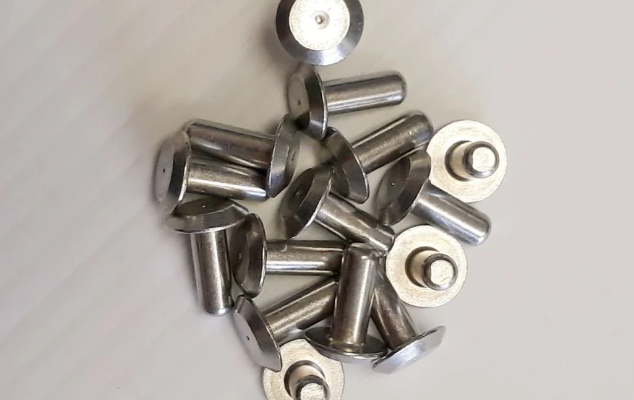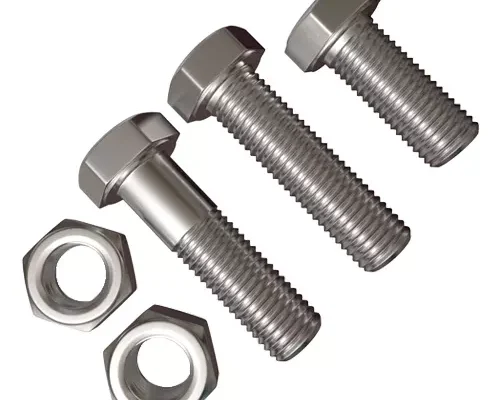
5 Custom Bolt Uses
Tailored bolts revolutionize industries, enhancing safety, efficiency, and performance exponentially
Structural Connecting Bolts
Bolts that are used to connect other parts of important structures assure safety irrespective of the level of force applied to them. Besides, they have an extraordinary lifespan due to the advanced materials that are used for them. In the case of aircraft manufacturing, an A350 XWB is made from up to 1 million parts that require 400,000 different types of bolts. The use of custom bolts in an A350 significantly decreased the cost of maintenance by 15%.
Wind Energy
Special custom-made bolts are used in the construction of wind turbine components. The primary criterion required is the ability to withstand both torque and tension in a marine environment. The application of custom bolts may increase the wind turbine’s efficiency by up to 20%. For example, Block Island Wind Farm underwent a 20% increase in kilowatt per hour generation as a result of the testing of custom-made bolts on the turbines.
Motorsports
Custom-made bolts help racing vehicles to be faster. For instance, Formula 1’s automobiles are made of over 80,000 components, involving up to 1 million bolts. 0.5 seconds was shaved due to the use of bespoke bolts to form the rear wings of race cars.
Space Exploration – Space Engineering
When constructing spacecraft or parts of a spacecraft, as many precise measurements and connections use bolts which are made for insulation, the conception has to be managed, and they have to be reasonably lightweight with high strength. NASA’s MMRTG components that were used in Mars rovers discovery are examples of their usage in Mars missions.
Medical Devices
Their release and production have one important factor restricting choice such as the necessity for the bolts to be sterilizable with steam and to withstand 30 tons of weight. An example of this is the da Vinci surgical robot.
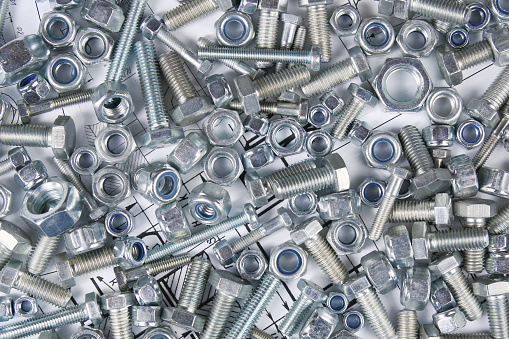
Hardware bolts and nuts top view background
Mechanical Connecting Bolts
Mechanical connecting bolts are the cornerstone of modern structural engineering, providing unmatched strength and stability. With modern materials and precise engineering, these bolts are indispensable in connecting structural components in buildings, bridges, and industrial machinery.
Ensuring Structural Integrity in Construction
Construction would not have been the same without mechanical connecting bolts. The building and infrastructure sector heavily relied on these bolts to provide structural integrity in different projects. As such, they were designed to resist heavy loads and seismic forces that tried to pull them apart, thus preventing buildings from collapsing. For example, in high-rise buildings, steel bolts are used to connect steel beams and columns. Bolted in place, these beams form a rotationally rigid frame capable of resisting wind loads and gravity.
Optimizing Construction Performance in Bridge Construction
Bridges use mechanical connecting bolts to support heavy traffic loads and endure other environmental factors. High-strength bolts manufactured from sturdier materials such as alloy or even stainless steel resist and optimize structural performance. For example, the Golden Gate Bridge employs specially designed bolts that fasten its endless steel trusses. Moreover, these bolts were made to resist even earthquakes, ensuring that only winds can endanger this impressive structure.
Enhancing Performance in Industrial Machinery
Mechanical connecting bolts have been a staple in industrial engineering as they connect heavy industrial machinery and equipment. Such bolts can resist significant levels of torque and vibration levels. For example, in fruit processing factories, bolts can connect conveyor belts and robotic arms. As such, they ensure that these parts remain in place regardless of how heavily they shake, providing efficient operation and minimizing downtime.
Promoting Safety in Automotive Engineering
Equally, mechanical connecting bolts are used in automotive engineering, where they ensure that vehicle components do not rattle or become loose. The safety of the chassis, engine, and the people inside relies on these bolts. Better-engineered bolts hold better in crash tests, as infrastructure maintenance also heavily relies on them. After all, even the best and most durable components cannot last forever. With mechanical connecting bolts, they can be easily replaced without affecting the entire structure. For example, bridges always have a fresh set of bolts eager to take the place of bolted beams that have eroded or soaked too much sun.
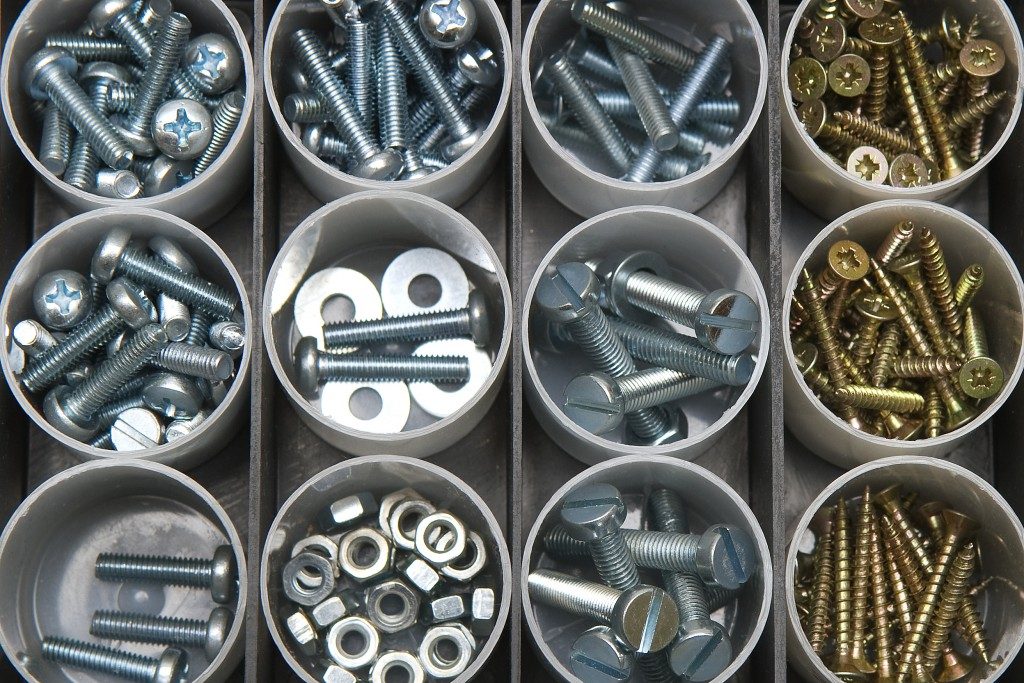
Types of Construction Fasteners
Electrical Connection Bolts
Electric connection nuts essentially serve as the backbone of the modern electrical system. As such, these bolts ensure secure connection across all the relevant applications with the use of advanced materials and accurate specifications ensuring that the electricity transformation process runs smoothly.
Wrapping the Power Transmission Process in Reliability
The use of electric connection nuts in the realm of power distribution is better not only because it ensures the safety of the given approach and reduces the corresponding risks to almost zero. For instance, letting connection nuts for heights provide an opportunity to reduce the potential loss of power with the help of minimum electrical resistance. In the given case, the nuts help connect the overhead lines to transformers and provide more efficient and reliable power reception.
Utilizing Renewable En Route to a Brighter, More Sustainable Future
When it comes to renewable energy systems, the use of electric connection nuts becomes paramount because they can significantly expedite the process of electricity generation. In this case, the equipment used, i.e., solar panels and wind turbines need to be connected for electricity to be created. Nuts also need to be used at the next stages of electricity transportation as the generated electricity needs to be accumulated and then sent to the designated area. As a result, the growth of renewable power generation systems is supported, the corresponding processes being quite vulnerable to the electricity and further damages like weathering and physical impact.
Keeping in Touch with the Technological Side: The Sound of a Nuts and Bolts Engineer
In the modern world, creating a stable IoT system is impossible without using electric connection nuts. The latter can help create strong and reliable connections in various climate conditions, building a solid ground for the further Asia The use of electric connection nuts in electronic devices also presupposes that a particularly sturdy material that can withstand strong vibration, as well as work being performed in the given setting. Overheating also becomes a prob, which can also be addressed with the help of the suitable material for nuts.production and introduction of IoT technology.
Retaining Control over the Electricity Flow
Electrical systems are all about ensuring that the transmission of electricity in the corresponding environment will be carried out without accidents and emergencies occurring. Thus, the vulnerability of the given equipment to connection implies that much attention should be paid towards making sure that none of the connection procedures results in an accident. On the one hand, there are some examples of erroneous combinations of wires, which may somewhat protect the given setting from the further dangers and, yet, prove to lack coherence and, consequently, reliability. However, on the other hand, the right choice of electric connection nuts and the use of the nuts as per the specifications provided, a rapid and efficient testing One can speculate that the number of accidents caused by companies choosing the inappropriate connection devices will plummet dramatically if the vendors make complete and concise guides on the issue.takes place. It is bound to be particularly relevant in the context of the private sector, the use of the given equipment failing to correspond to the industry specifications and, thus, resulting in accidents and fires. In homeowner terms, using an electrical zinc-coated screw to attach an electrical outlet becomes a matter of neglect, which also presupposes a high level of risk for the user.
Vehicle Connecting Bolts
Aerospace connecting bolts are an essential part of automotive engineering as they provide strong connections that guarantee vehicle safety, performance, and overall higher reliability of the cars. Due to the use of precision engineering and innovative materials, bolts are used in multiple applications across different units of the vehicles.
Ensuring Strong Connections in Vehicle Assembly
Automobile assembly process requires the use of connecting bolts to support the connection of several components, including chassis, body panels, as well as the suspension units. Due to the strenuous testing to meet safety standards and high endurance in everyday driving, the bolts applied in the passenger cars’ assembly are strong and efficient Moore. Specifically, they allow for bolting the frame to the body of the car to ensure its structure as well as crash safety.
Optimizing Performance in Powertrain Systems
Powertrain systems, including engines, gearboxes, and various transmission systems, rely on connecting bolts to transmit power between components. For this reason, the bolts are expected to be extremely sturdy and robust to handle the high torque and vibration levels of the propulsion systems used in the vehicle. For instance, in the case of an assembled engine, bolts are used to secure the cylinder block, cylinder head, connecting rods, crankshaft rods, and the sump. Therefore, the bolts ensure the seamless operation of the vehicle’s propulsion and power transmission as well as fuel optimization.
Ensuring Safety in Brake and Suspension Systems
Both brake and suspension systems of the vehicles incorporate connecting bolt units to attach the brake calipers as well as the control arms and shock absorbers simultaneously and allow for less instability and high safety when performing emergency stopping and cornering. By using the right torque while applying the corrosion-resistant bolts, automotive engineers achieve virtually unbreakable components that allow for the safe use of the vehicles. In particular, the assembling process of pickups, cargo, or SUVs requires the connecting of suspensions, axles, or frame members with heavy-duty stainless steel tube-shaped “heavy-duty” bolts. …
Facilitating Electrical Connection in Electronic Systems
Modern vehicles are equipped with advanced electronic systems and require the use of connecting bolts to ensure the electricity flow properly. For example, connecting bolts attach the electronic brake sensors, as well as the central control module and battery cables. Similar to the charging process, in the assembly of an EV, the bolts help to connect the high-voltage generator and battery to the power stage unit and ensure that the energy is transmitted properly.
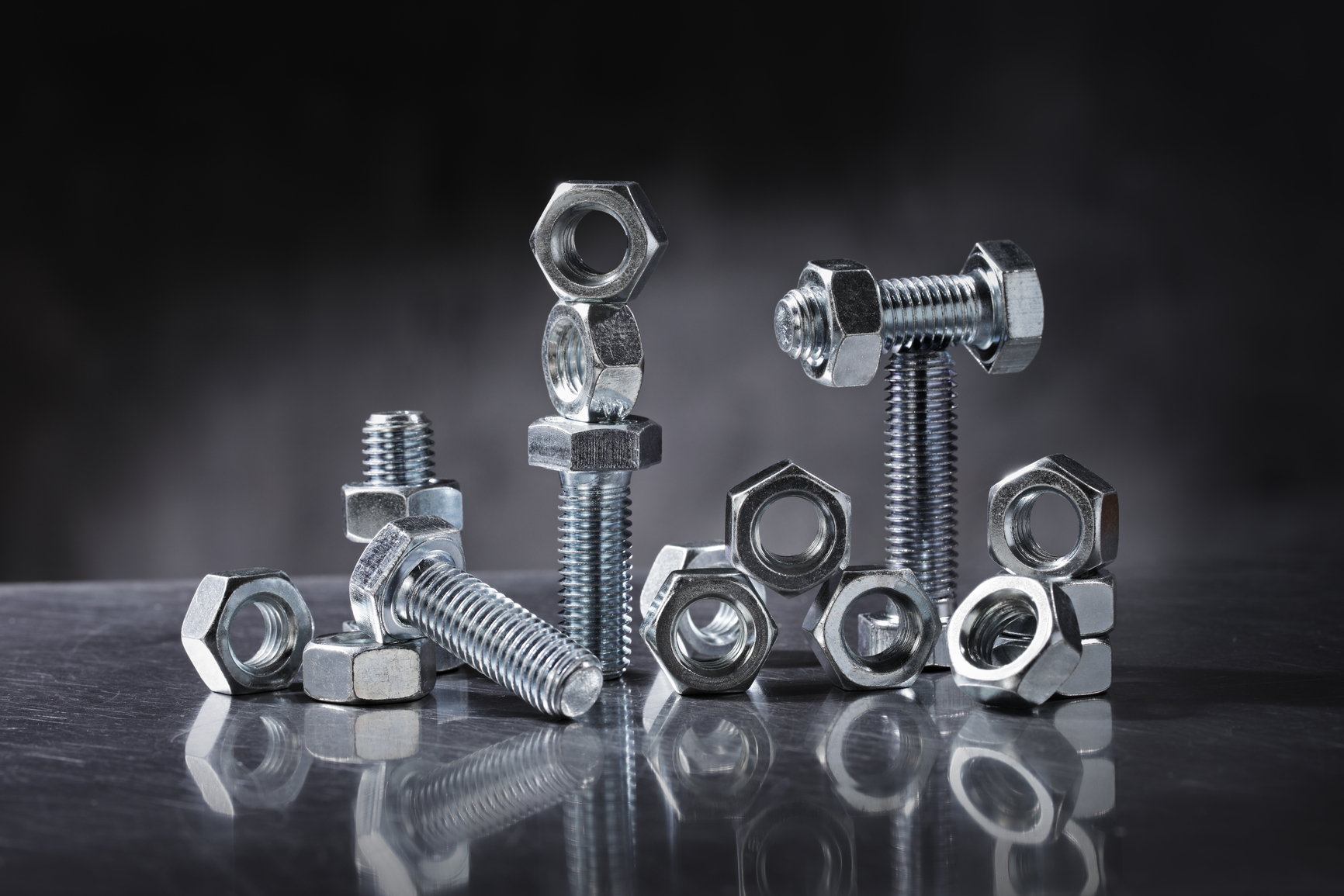
An Overview Of Nut And Bolt Compatibility
Ground Connection Bolts
Ground connection bolts are important devices in electrical systems that allow securing, safety, and effective grounding. Used in combination with other components, such as conductive materials and grounding electrodes, these bolts create strong connections and prevent hazards, injuries, and damages to equipment and structures. Incorporating a complex design and precise manufacturing, a bolt in question serves as a basic element that supports interactions between various equipment components and the earth.
Electrical Bolt Installations
and buildings. These bolts are employed to secure pieces of construction and industrial buildings and benefit from grounding. Connections between a copper ground bolt and grounding medium bonded to air rods or plates are created to make inappropriate installations work properly. Specifically, in commercial buildings, bolts are installed to two holes in the equipment, such as panels and cabinets. Such systems correspond electrical codes and requirements for work with properly grounded equipment and should provide long-lasting connections and a low impedance range.
Lightning Strikes Protection
Ground connection bolts are also crucial components of the structures that are meant to protect buildings and structures from lightning strikes. The bolts are represented on air terminals, rods, and down conductors to guarantee a proper ground of the earth. These elements of lightning protection systems are responsible for reducing the risks of lightning strikes and protecting electrical systems and buildings from damages caused by fires and other hazards.
Industrial Settings
Bolts are also installed in industrial settings to maintain proper equipment performance. Since many conductors come into contact with equipment frames and installation sites, ground bolts are used to reduce the risks of damaging sensitive electronics due to improper grounding. As no grounding is ensured in the devices, equipment resist damages from mechanical abuses and high-voltage problems. For example, bolts are installed on equipment cabinets to reduce the costs of interference.
Telecommunications Equipment
Finally, ground connection bolts are used to support a proper installation and operation of telecommunications equipment and devices. Connections of such elements as copper systems and steel buildings to ground rods are standardized. Properly grounded equipment works in the low resistance range and does not transfer current to users. In the case of telecommunication, the bolts ensure good signal, no-voltage transmission, and the absence of mechanical issues. To conclude, modern equipment, buildings, and structures are based on strong grounds and effective connections between elements. Ground connection bolts, also known as ground bolts, are central to the proper work of the devices, construction sites, and systems.

